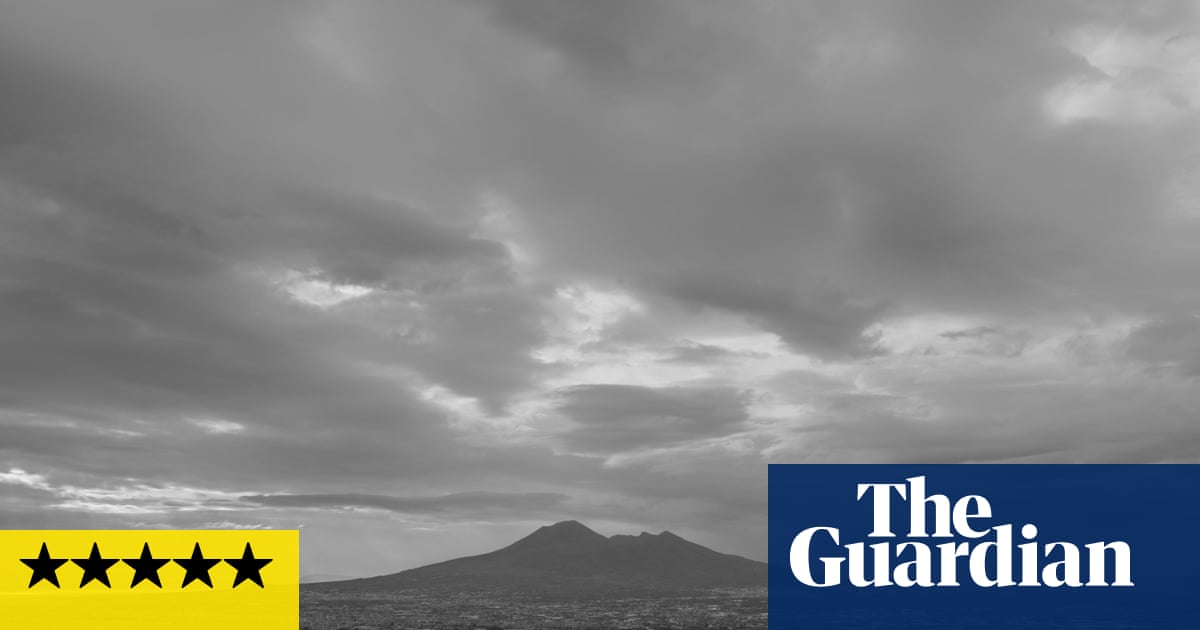
"Gianfranco Rosi has made a movie that could be thought of as the last of a conceptual trilogy about normal life and spiritual life in Italy: the first was his Sacro GRA from 2013 about Rome, for which Rosi won the Venice Golden Lion; the next was Fire at Sea about the migration crisis as experienced in Lampedusa in Sicily. Now there is Below the Clouds, in luminous black-and-white."
"Rosi reports from Naples, a city uneasily preoccupied with the earthquakes and volcanic eruptions for which it is famed, and with the great catastrophe of AD79 that buried nearby Pompeii. We see the archaeological digs that are still disinterring vital material and clips from Rossellini's Journey to Italy on the subject, playing in an eerily deserted cinema (which would appear to be Rosi's one fictional contrivance, but which chimes with genuine scenes of firefighters grimly clearing charred debris from a burnt-out cinema)."
The film serves as the concluding piece of a conceptual trilogy examining ordinary and spiritual life in Italy, presented in luminous black-and-white. The work is built as a docu-mosaic of composed scenes and tableaux, filmed from fixed positions without camera narration. The title derives from Jean Cocteau's line about Vesuvius. The film observes Naples' anxiety over earthquakes, volcanic eruptions and the AD79 Pompeii disaster, follows archaeological digs and cinematic echoes, depicts emergency call-centre workers, shows firefighters and looted subterranean tunnels, and records port arrivals carrying Ukrainian grain alongside Syrian crew, creating an end-of-days atmosphere.
Read at www.theguardian.com
Unable to calculate read time
Collection
[
|
...
]